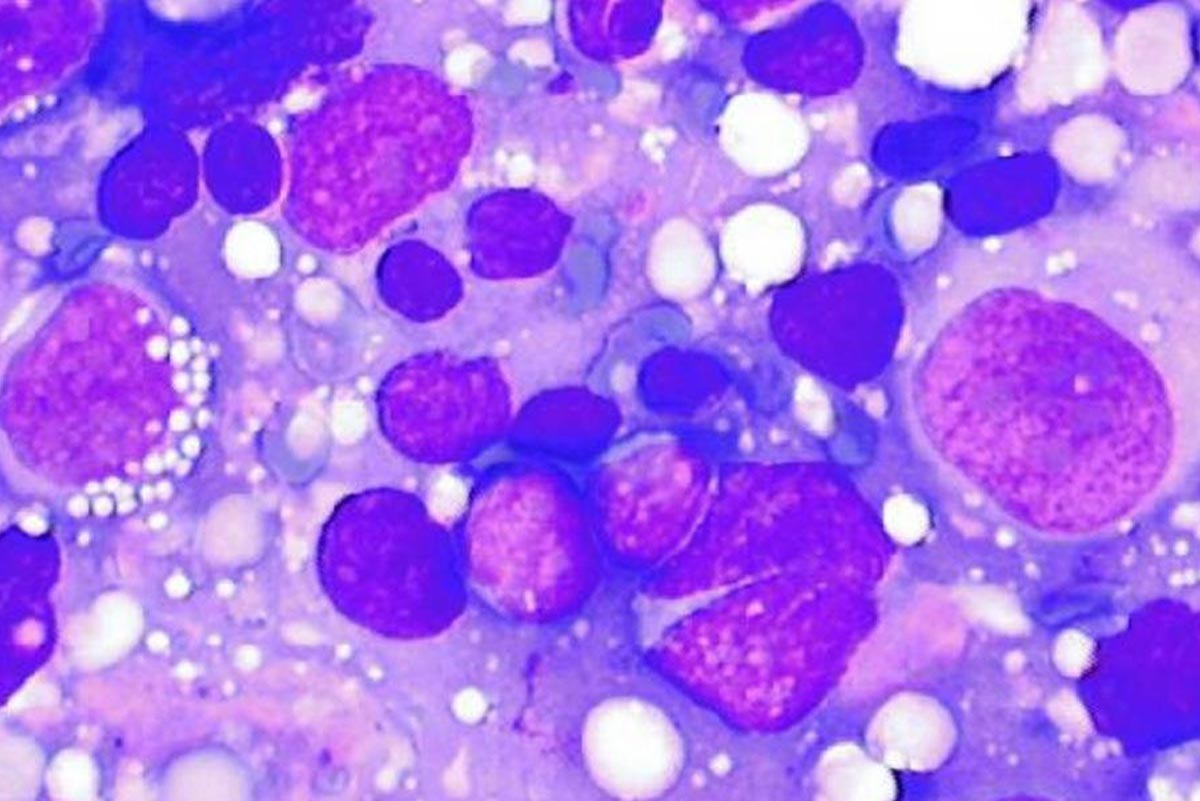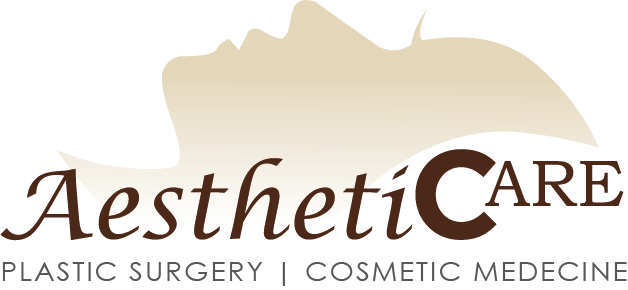The RBSPS would like to clarify the risks of breast implant-associated anaplastic large cell lymphoma (BIA-ALCL), a relatively new but very rare disease…
PRESS RELEASE FROM THE RBSPS (Belgian Royal Society of Plastic Surgery) :
Breast implant-associated anaplastic large cell lymphoma (BIA-ALCL) is an extremely rare lymphoma that can occur around breast implants – and if detected early, is curable in most patients.
BIA-ALCL is not strictly speaking a cancer of the breast tissue. All government authorities and oncology societies classify BIA-ALCL as a lymphoma, a group of blood cancers that develop from lymphocytes (a type of white blood cell). BIA-ALCL has been known for some time (the first case was reported in 1997). Episodically, the subject comes up in the media, which are often interested in plastic surgery. The RBSPS wishes to assume its responsibilities and properly inform patients about BIA-ALCL, how to diagnose it and how to treat it.
The most frequent sign of this disease is a late seroma (swelling of the breast) inside the periprosthetic capsule. The average time until the appearance of the first symptom can be estimated at eight years (range 1 to 28 years) from the time of insertion of the breast implant. The late seroma is not, however, a direct precursor of BIA-ALCL, but all late seromas should be thoroughly investigated by cytological examination using fine needle aspiration, with examination using a specific marker.
The prognosis is generally favourable for localization in the pericapsular tissue, and most patients are treated by simple removal of the implant and capsule. In a minority of cases, chemotherapy or radiotherapy may be necessary, but these adjuvant treatments are only indicated for disease at a more advanced stage, linked to late diagnosis.
Concrete evidence from peer-reviewed scientific publications to date does not establish any statistically significant association between BIA-ALCL development and any implant/patient/surgical-related characteristic. In 2017, the FDA received a total of 359 medical reports of BIA -ALCL: 231 of these reports included information regarding the implant surface. Of these, 203 were for textured implants and 28 were for smooth implants. In addition, 312 of the 359 cases contained information about filled implants. Of these, 186 were silicone gel-filled implants and 126 were saline-filled implants. The implants had been used in both reconstructive and aesthetic breast surgery;Concrete evidence from peer-reviewed scientific publications to date does not establish any statistically significant association between the development of BIA-ALCL and any implant/patient/surgery-related characteristic. In 2017, the FDA received a total of 359 medical reports of BIA -ALCL: 231 of these reports included information regarding the implant surface. Of these, 203 were for textured implants and 28 were for smooth implants. In addition, 312 of the 359 cases contained information about filled implants. Of these, 186 were silicone gel-filled implants and 126 were saline-filled implants. The implants had been used in both reconstructive and aesthetic breast surgery.
Bacterial contamination, long-term inflammation, implant shell texture and genetic factors have been theorised and are being further investigated as possible causes of BIA-ALCL. Research is ongoing and cases have been analysed for years. As with other cancers, genetic predisposition may play a role. Concentrations of reported cases vary widely across the globe, with some geographical areas reporting very few cases.
As far as incidence is concerned, only very slightly refined values have been estimated to date. Some authors have estimated the risk at one case in 500,000 to 3 million women with implants. Others have estimated the incidence in the United States on the basis of a review of the literature and institutional databases of BIA-ALCL cases at 2.03 per million people/year; in December 2016, the Australian Government’s Therapeutic Goods Administration mentioned an incidence rate in the order of 1 in 1,000 to 1 in 10,000 for patients with textured implants. The incidence rate is calculated by dividing the number of new cases during a given period by the population at risk during the same period.
Up to November 2017, over a period of more than 20 years, approximately 460 cases have been reported worldwide, which includes 16 deaths related to the disease. Although the incidence is therefore extremely rare, the RBSPS believes that, as doctors, we must consider any therapy or procedure that may pose a danger to the patient as a major concern and something that patients should be made aware of before undergoing breast implant surgery. They must be made aware of this risk, the risks involved in the surgery itself and any additional financial costs.
Based on a recent analysis of the relative risk of death, a woman’s risk of death is 2 times higher for a day’s skiing than for a lifetime with a textured breast implant, 2.5 times higher for drinking two glasses of wine than for a lifetime with a textured breast implant and 40 times higher for driving for eight hours than for a lifetime with a textured breast implant. These data are not intended to minimise the risk associated with BIA-ALCL, but simply to provide a perspective for the patients concerned.
Although the risk is minimal, patient safety is a priority in our companies, and we do everything we can to educate and inform our members and the public about the symptoms and any risks of BIA-ALCL.
To our knowledge, there have been four cases of BIA-ALCL, all of which were correctly diagnosed and treated with a favourable outcome.
On the basis of the literature, the RBSPS believes that asymptomatic women with no changes in their breasts require nothing more than routine follow-up. If a patient notices a change in her breasts – particularly if there is swelling or swelling – she should undergo appropriate examinations and imaging, including ultrasound, and fine needle aspiration of any periprosthetic fluid.
It is essential that patients are fully informed about BIA-ALCL when considering breast implant surgery, and it is reasonable to include BIA-ALCL among the possible complications of breast implant placement, both in cosmetic surgery and in reconstructive surgery after mastectomy.
Belgian Royal Society of Plastic Surgery (RBSPS)
SOURCE :
Pr Moustapha Hamdi
President of RBSPS








